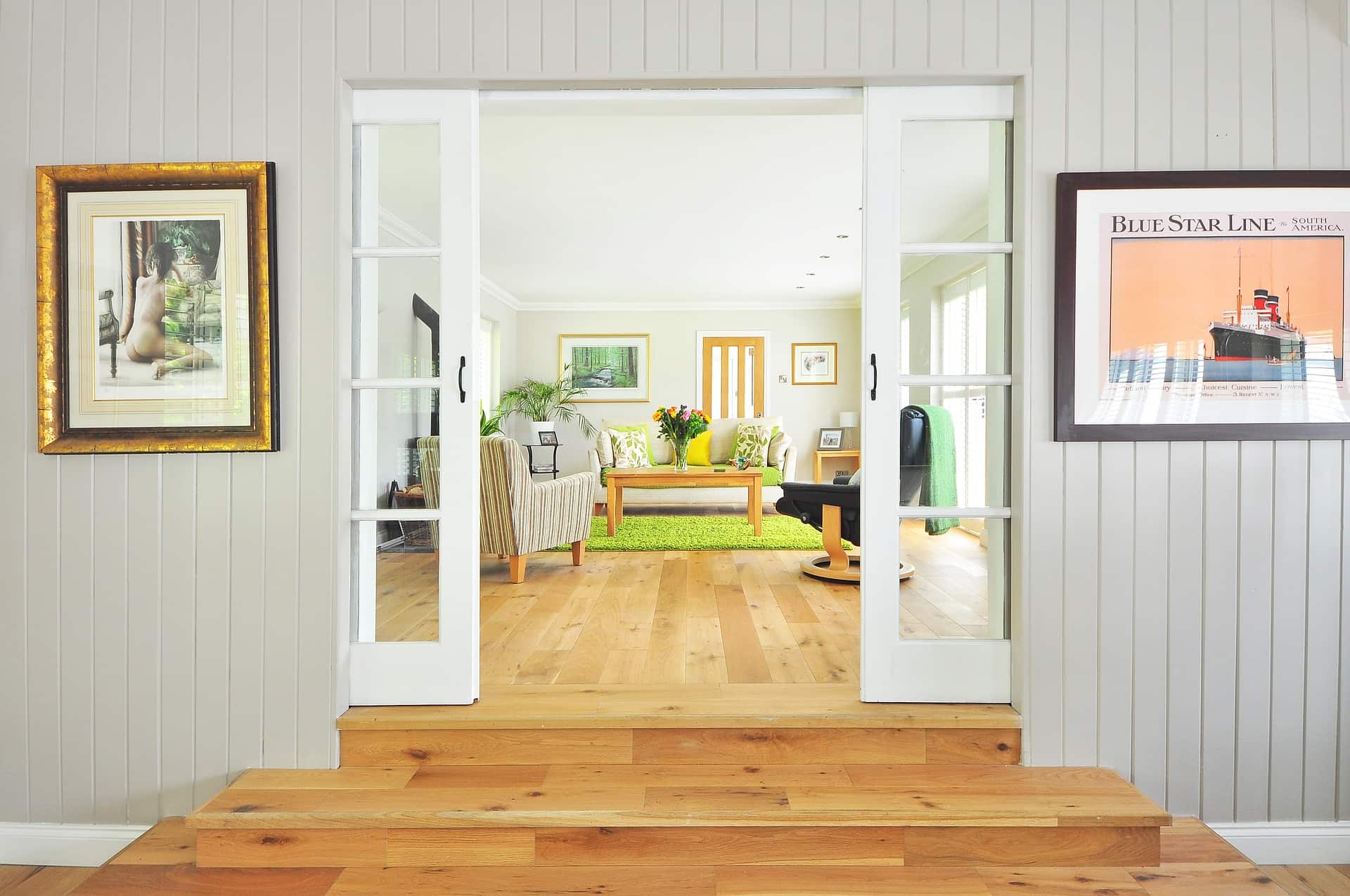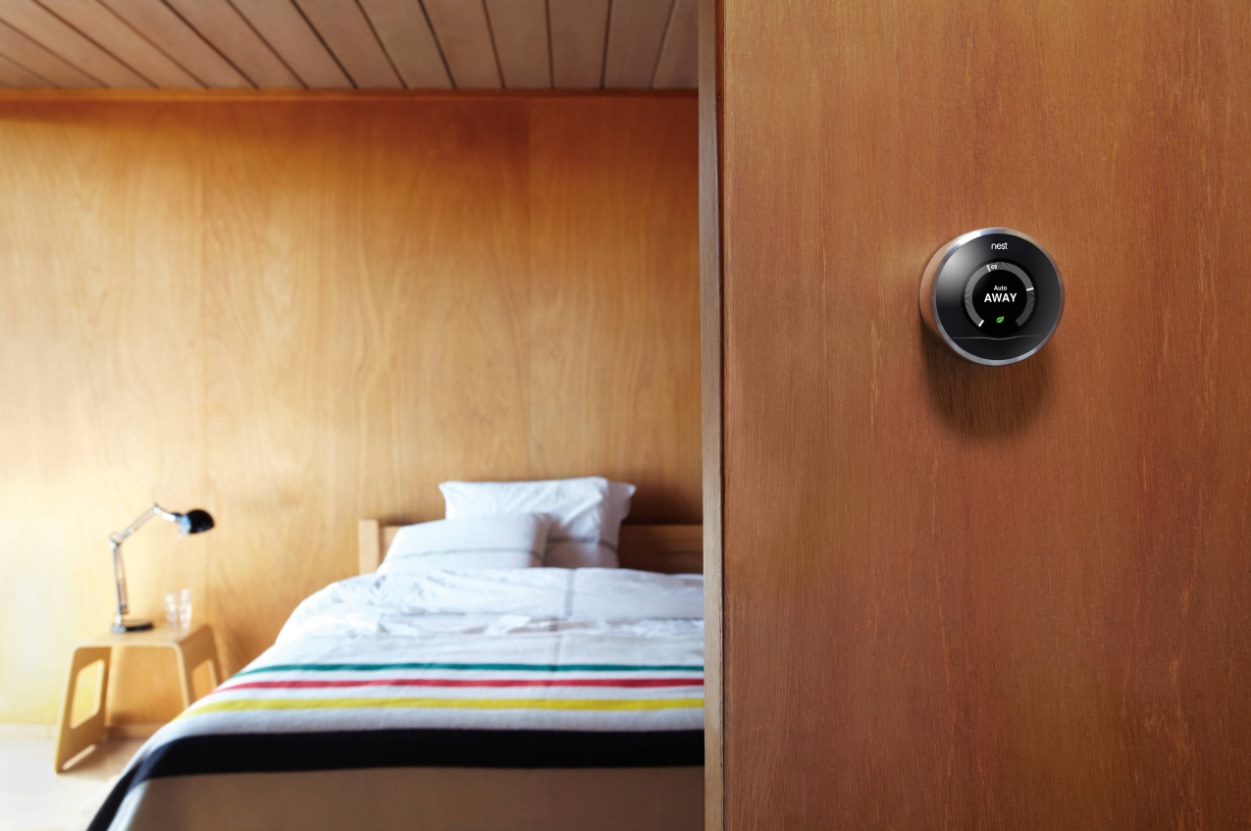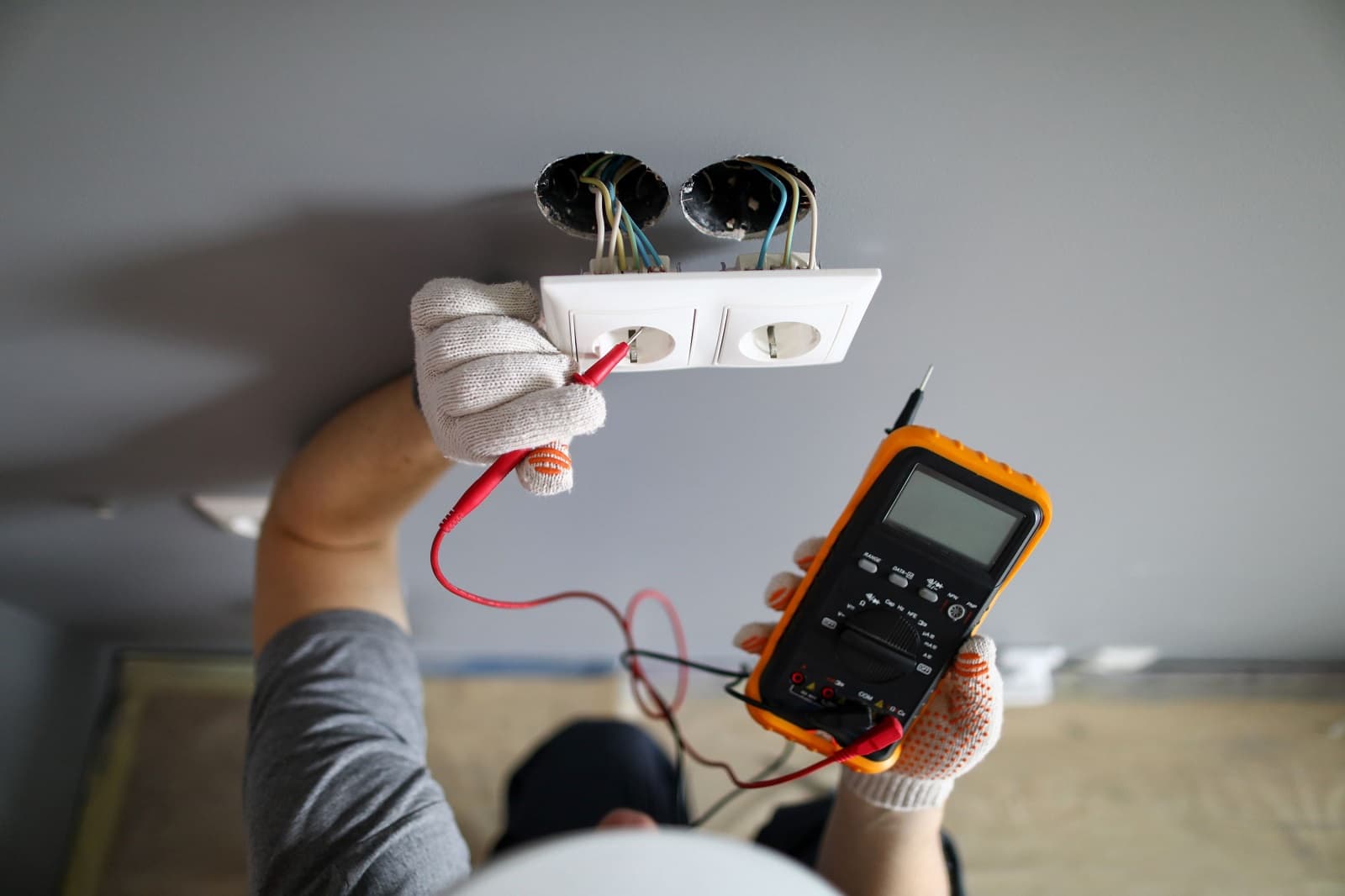How accessible is your home? Whether you live alone or with a family, it’s essential to ensure every part of your residence is safe and functional for all ages. Making your home more accessible can be a huge undertaking, but it’s worth it. Not only will you be able to live in your home more comfortably, but you may also be eligible for tax breaks and other incentives. This article will discuss some of the most important things to consider when making your home more accessible. We’ll also provide expert tips from professionals in the field to help make the process a little bit easier for you. Let’s get started.
Install Stair Lifts
If you or a loved one has difficulty navigating stairs, it’s essential to install a stair lift as soon as possible. These lifts are devices that allow people to travel up and down stairs without assistance, and they can be installed in just a few hours. There are many different types of stair lifts available on the market, so be sure to do your research before purchasing. For example, some lifts feature an extending platform that helps the user reach higher levels, while others are equipped with sensors to prevent falls when changing direction at the top or bottom of stairs.
Make sure to consider the following: How wide are your stairs? What is their height? Do they curve or go straight up in one direction only? Are there landings where you would like to stop for breaks during ascent/descent (and if so, at what points)?
Install Ramp Accessibility
If your home has a single level or you live on the first floor, installing a ramp may be the best option. Ramps are easy to use and can be installed in just a few hours. They are also very affordable, making them a popular choice for limited resources.
There are many different types of ramps available on the market, so research before purchasing. Make sure to consider how wide the ramp is and how long it takes for someone with mobility issues to traverse it safely at their own pace without assistance from another person (usually about 15 seconds). If possible, get expert advice on installing one in your home.
Install a Bathroom Ramp
The bathroom is one of the essential rooms in the home for people with mobility issues and children. Not only is it necessary to have a safe and accessible space for bathing, but it’s also essential to make sure the toilet is easily accessible. There are many things you can do in your bathroom to make it more accessible, and one of them is installing a bathroom ramp.
If your bathroom doesn’t currently have a ramp, there are many different types of ramps that you can install quickly and easily. Be sure to do your research before purchasing, as some may require professional installation. Some things to consider are the width of the ramp, how long it takes to traverse, and if there are any handrails for support.
Widening Doorways
Most houses are built with standard doorways that are too narrow for many people with mobility issues, especially those who use wheelchairs. It’s essential to make sure your home is accessible and safe so everyone can enjoy their time there, including those who have limited or no mobility at all.
To widen doorways, you will need a professional contractor who specializes in such projects as they require more than just a simple renovation. Depending on the size and location, widening doorways can range from $500 to over $1000. Still, it’s well worth it for both the homeowner and those who visit their home regularly or live there permanently with limited mobility needs.
Install Grab Bars in the Bathroom
Grab bars may seem like a small detail, but they can make all the difference when it comes to safety. These days many homes have them built into shower or tub walls already; however, if you’re renovating an older home or building one from scratch, then it’s essential to install grab bars in the bathroom, so anyone who needs them has access.
When choosing and installing these grab bars, it’s essential to consider the weight of the person using them. You don’t want them too loose or too tight – they should be just snug enough so that a person can hold onto them without feeling like they’re going to slip. There are many different types and styles of grab bars, so be sure to do your research before purchasing.
Add Tactile Warning Strips
Tactile warning strips are small and unobtrusive, yet they can be a lifesaver for those with limited vision or mobility issues. They help prevent accidents by alerting pedestrians that there’s an obstacle ahead of them (such as uneven steps) so they don’t have to stumble upon these hazards.
Tactile warning strips are made from various materials and come in different colors to meet your specific needs, but they all serve the same purpose: providing an added layer of safety for those with limited vision or mobility issues. It’s important to remember that not everyone can see tactile warnings; therefore, it’s best to add them on both sides of steps and uneven ground if one side gets blocked from view by an object like furniture or another person.
Rearrange the Furniture
One of the easiest and most affordable ways to make your home more accessible is rearranging the furniture. This may seem like a daunting task, but it can be as simple as moving your coffee table to the other side of the room or putting your couch against a wall instead of in the middle of the space.
When rearranging furniture, it’s essential to think about how the new layout will affect your accessibility. For example, if you’re adding a wheelchair ramp and need access from both sides of that area, then make sure they have clear paths leading up to them so people can easily maneuver around any obstacles in their way.
There are many ways to make your home more accessible. You can start with the simple ones like rearranging furniture or widening doorways and then work your way up to more complicated projects like installing a wheelchair ramp. By following these expert tips, you can make your home safe and accessible for everyone – regardless of mobility needs.







